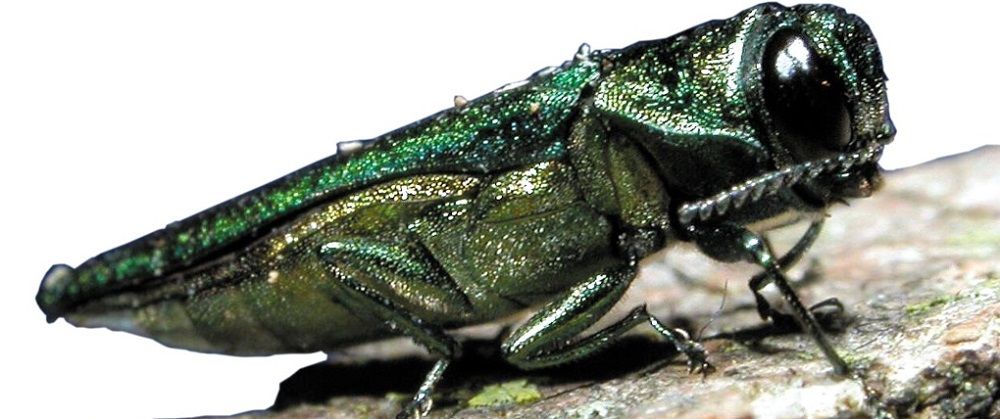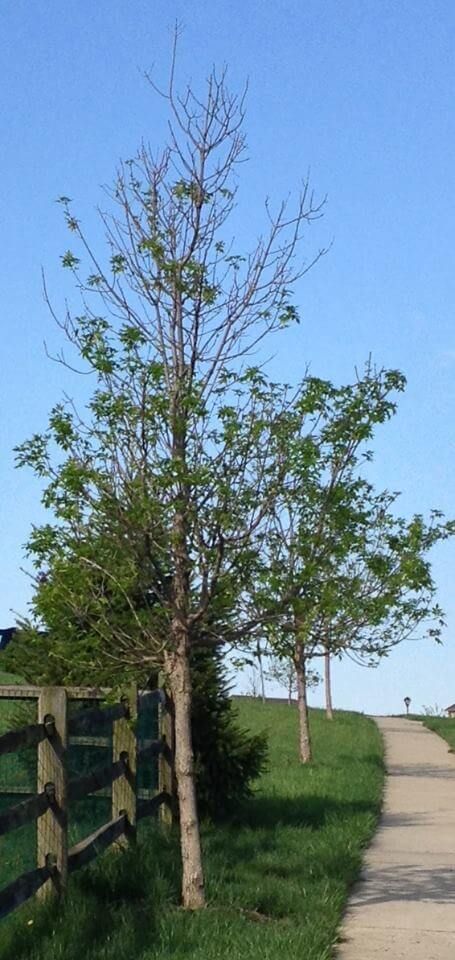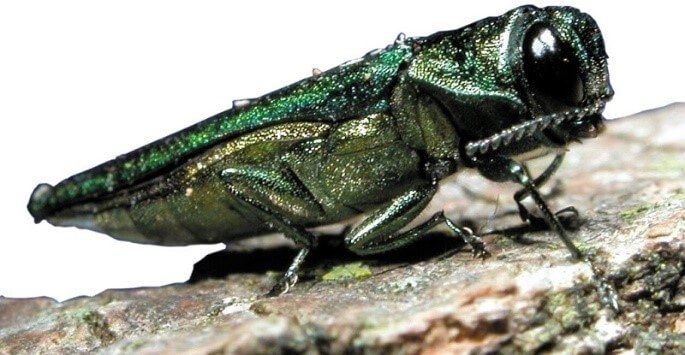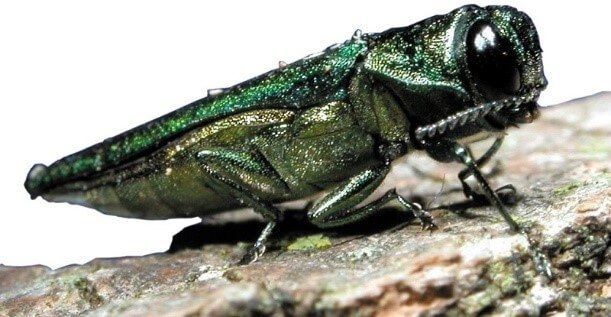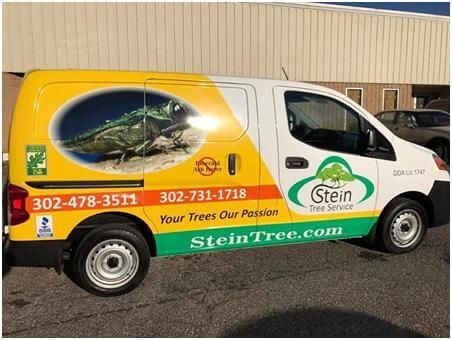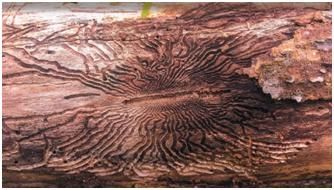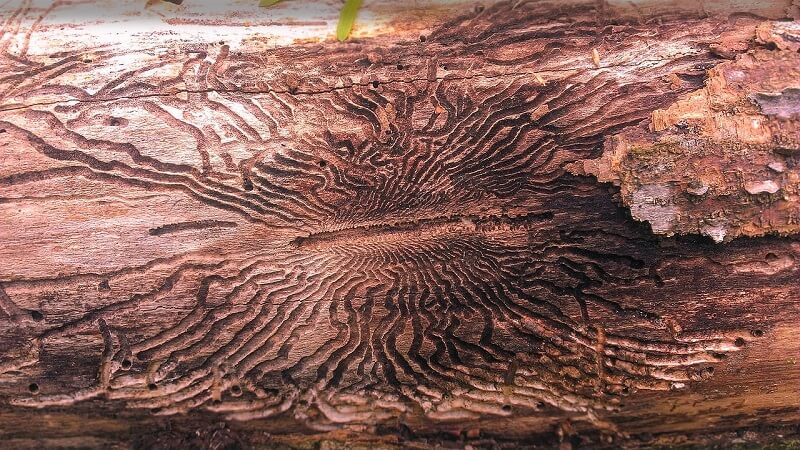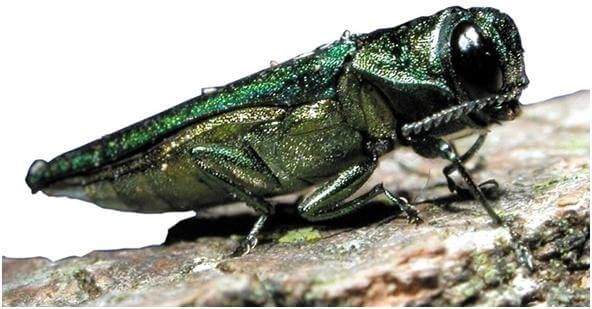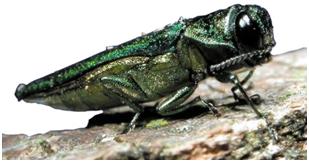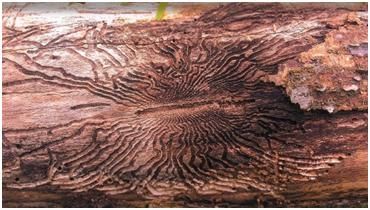Additional Tree Species Found Vulnerable to Emerald Ash Borer Infestation
The emerald ash borer is a type of beetle that is native to northeastern Asia, but has since come to wreak devastation here in the United States. First discovered in Detroit in 2002, the voracious emerald ash borer quickly spread, leaving a trail of devastation in its wake. Last year the insect was found in Delaware, bringing the danger ever closer.

